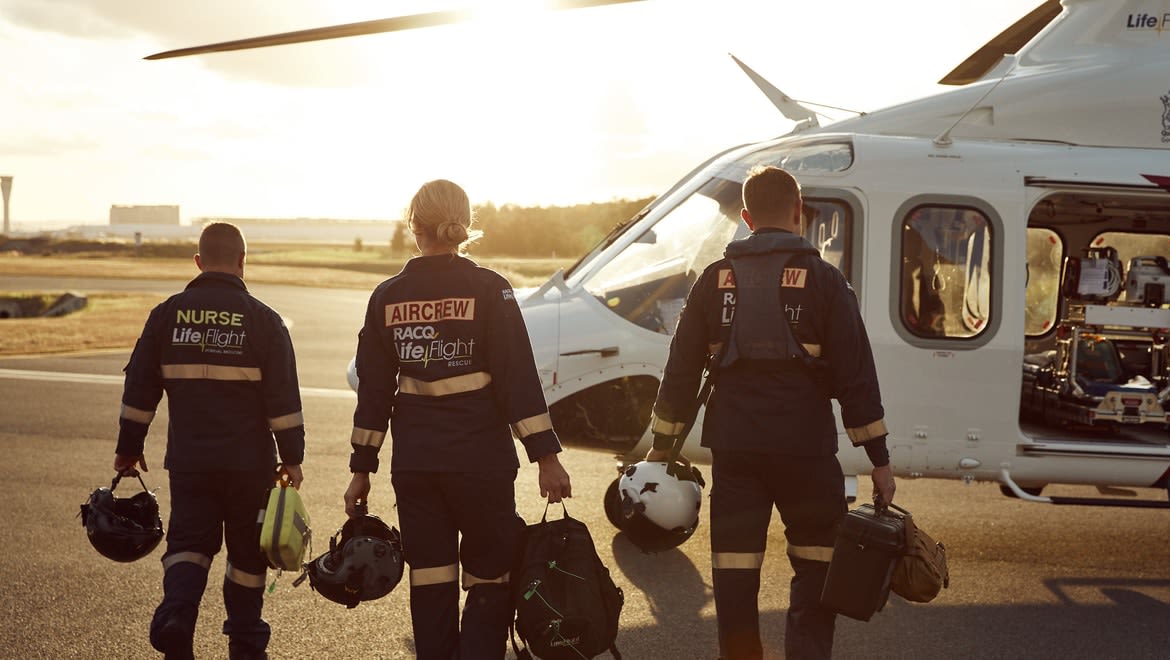In Focus
The human element in helicopter emergency medical support

AW139 EMS co-pilot and mindfulness facilitator Andrew Boniface investigates why mental health, teamwork and training of people are so vital in modern-day HEMS.
Helicopter emergency medical service (HEMS) capability has evolved significantly over the last two decades. While to the untrained eye, an upgrade may seem like the only change, there are many elements that have contributed to the evolution of the sector. Significantly, the “human element” is front and centre, both from an individual and teamwork perspective. Teamwork threads not only through the aircrew dynamic, but right across an organisation, and inter-departmentally between stakeholders.
A brief history
Dave Bashir, head of Flying Operations at LifeFlight, has seen the full transition from single-engine, un-stabilised aircraft 20 years ago to the current status quo. “Helicopters are now more efficient, bigger and more powerful,” he says. “Contracts have called for helicopters with better performance, greater range and endurance. The Leonardo AW139 has proven to be the top machine for the job [for many bases], as an all-weather capable machine rated for instrument flight rules, with the redundancy to meet contract requirements. Furthermore, it has a proven reliability and track record over time.” One major leap in safety granted by the AW139 comes from its one engine inoperative (OEI) accountability. In other words, the measurement of multi-engine aircraft performance after losing one engine. It is important to note that while the AW139 has surged in popularity for HEMS operations, there remains a case for aircraft like the Bell 412 and H145/BK117.
This content is available exclusively to Australian Aviation members.
Subscribe to Australian Aviation for unlimited access to exclusive content and past magazines.A monthly membership is only $5.99 or save with our annual plans.
- Australian Aviation quarterly print & digital magazines
- Access to In Focus reports every month on our website
- Unlimited access to all Australian Aviation digital content
- Access to the Australian Aviation app
- Australian Aviation quarterly print & digital magazines
- Access to In Focus reports every month on our website
- Access to our Behind the Lens photo galleries and other exclusive content
- Daily news updates via our email bulletin
- Unlimited access to all Australian Aviation digital content
- Access to the Australian Aviation app
- Australian Aviation quarterly print & digital magazines
- Access to In Focus reports every month on our website
- Access to our Behind the Lens photo galleries and other exclusive content
- Daily news updates via our email bulletin












